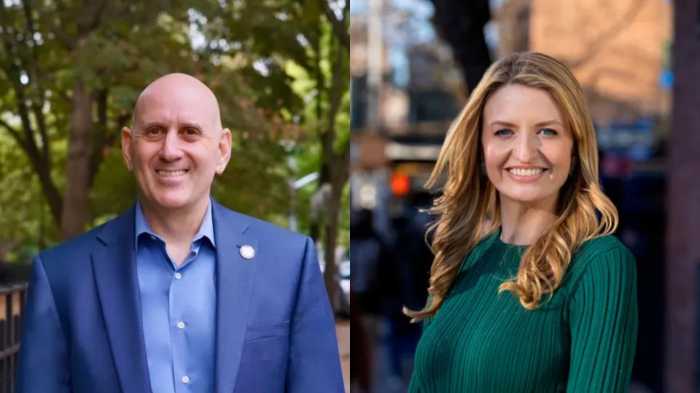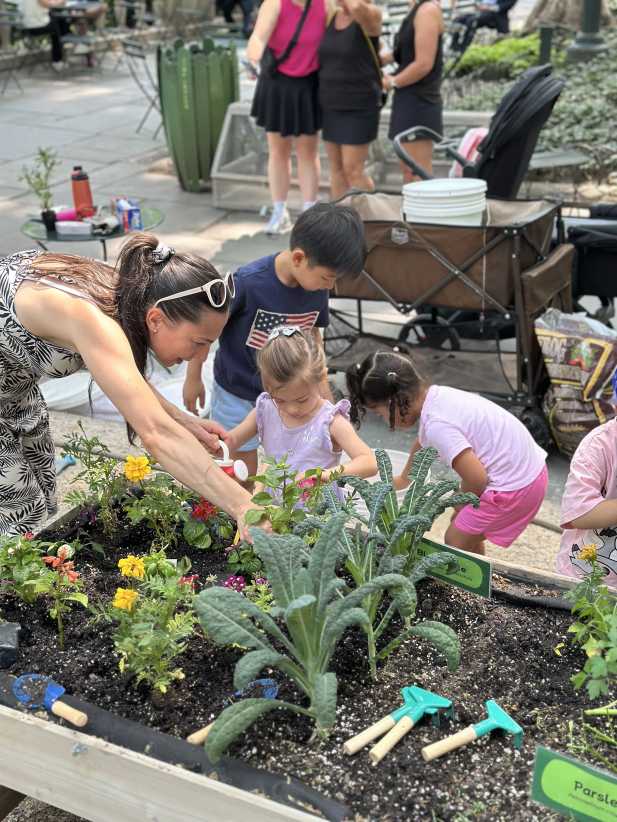Protective measures are available for domestic violence victims ready to take a step towards ending the abuse.
“They can get an order of protection so that if the spouse continues the abuse they can call the police and have the spouse arrested or, if the matter is serious enough, they can get an order of protection with a stay away provision where the other spouse is not permitted to come back into the home,” explained Jerome Wisselman, a partner with the law firm Wisselman, Harounian & Associates, P.C.
The firm specializes in family law practice and, along with having worked with domestic violence victims, holds seminars to educate health professionals about related issues.
Wisselman said that, although the courts used to be more reserved when it came to issuing orders of protection, they are now more liberal about it.
“Going back 30 years ago, you had to show medical injuries, hospital records, something of that nature,” he said. “But today you can just go in and indicate that your spouse has threatened you in some way, pushed you, shoved you; anything of that nature for the most part will get you an order of protection.”
An order of protection can be obtained in the family court or criminal court. Victims can get them in a single day. They can also be issued without the perpetrator being present, although the police will typically serve the order to them the same day.
It is also possible to get an order of protection with a provision for police to remove any weapons that are in the house. It can lead to anger management or counseling. There can also be cross orders or protection.
Jacqueline Harounian, also a partner with the firm, said that judges now also recognize that domestic abuse isn’t confined to just physical violence and that it also has many other forms. She said that they understand other forms can be just as “destructive and detrimental,” so judges will issue orders of protection for other forms of abuse.
Harounian said that victims can also make use of the police.
“The mddost important and immediate thing a victim can do is call the police, which in and of itself is a huge step for a lot of victims because they don’t want to upset their children, they don’t want others to find out,” she said. She continued, “That’s what the police are there for and sometimes that will cause the perpetrator to back off and stop what he’s doing.”
Harounian said that, if a 9-1-1 call is made, the police will respond and make a written report. In addition, if there is evidence of an assault, “sometimes police will make an immediate arrest right on the spot,” she said.
Because of the mandatory arrest policy that now exists, a victim no longer has the option to change their mind, Harounian explained.
Each precinct in New York City has domestic violence officers who respond exclusively to domestic violence calls. This could include robberies, harassment or order of protection violations, among other things. They also assist with service referrals.
Captain Armando DeLeon, the commanding officer of the 102nd Precinct in Queens, said that police look at the history of a home during visits.
“If we see a pattern we know there’s a problem and we have to do some intervention,” DeLeon said. He also said, “We do constant home visits to let them know we’re aware of the problem and we’re here if you need us.”
With additional reporting by Tonia N. Cimino.
For more on Part III of our domestic violence series:
Orders of protection and other laws
On the front lines at hospital ER
They build ‘Confidence’ in the wake of ‘Crisis’
Husband beat her – She found help































